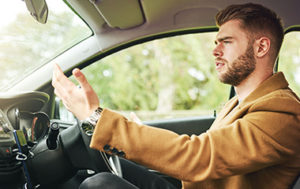Home » Driving Advice » Driving At Night, Safety Tips & Checks
Driving at night
Driving at night is challenging and according to the Royal Society for the Prevention of Accidents (RoSPA) statistically more dangerous. Vision is reduced in the dark, which can make it harder to judge speed and distance or to spot hazards. It may also be difficult to see other road users and pedestrians, especially if they are wearing dark clothing.
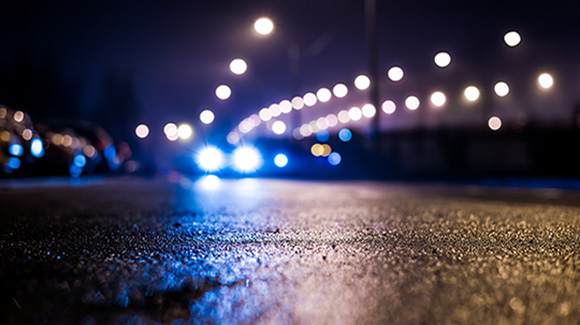
As the roads are quieter at night, some drivers may become less attentive or over-confident. They are more likely to take risks, such as overtaking or speeding.
The best course of action is to not drive at night. But, if you need to make a trip, there are a few steps you can take to reduce the risks associated with night-time driving.
Ensure your vehicle is ready for night-time driving
- Ensure key safety features on the vehicle are functioning properly.
- It is vital that others can see you on the road at night. Check the vehicles’ lights are clear and fully functioning. Also check they are adjusted correctly, so the beam will not dazzle other road users.
- Ensure the vehicle’s windscreen and windows are clean and clear inside and out. Whilst a dirty windscreen may not be noticeable during the day, at night a dirty windscreen will impair night vision and increase the glare from oncoming vehicles.
- Plan your route in advance to make sure you know where you’re going. Also, allow plenty of time so you’re not rushing or taking unnecessary risks if you’re running late.
Avoid driving with fatigue
Driving with fatigue is another factor, RoSPA reports that 20% of serious accidents on motorways and monotonous roads are caused by drivers falling asleep at the wheel. This may be caused by shift work, sleep deprivation or driving at times where they would normally be asleep.
To reduce the risks of fatigue:
- Don’t get behind the wheel when tired.
- Ensure that you are well rested before your journey.
- Keep your vehicle cool and well ventilated.
- For longer journeys, take a break every two hours.
- Share driving with others if they can legally drive the vehicle.
- Book overnight accommodation if necessary.
- If you feel tired whilst driving, you should find somewhere to stop as soon as possible.
- Pull over and take a short 15-minute nap if necessary.
- Take a strong coffee drink.
How to avoid getting dazzled
To prevent yourself from being dazzled, never look directly at other vehicles’ front headlights. Slow down or stop if safe to do so if they are distracting.
Avoid peer pressure
Young drivers may be more susceptible to distractions, particularly when driving with passengers of similar age where they may be encouraged to ‘show off’ behind the wheel.
Try to avoid driving with disruptive passengers who can have a negative influence on your driving behaviour. Installing a telematics device or black box which monitors your driving behaviour could help relieve peer pressure by justifying to your passengers why you need to stick to the rules.
Use main beams appropriately
Use main beams on open roads or rural areas where possible. But remember to switch back to your dipped headlights when there’s oncoming traffic to avoid dazzling other road users.
Take care of your eyesight
It’s important to get your eyesight checked regularly at least every two years to see if there is anything that could potentially affect your night vision.
Glare from oncoming vehicles becomes more problematic as we get older. Between the ages of 15 and 65, the time it takes to recover from glare increases from 1 to 9 seconds.
If you wear glasses, consider anti-glare lenses when driving at night. An optician can provide further guidance.
Also if you can, dim your dashboard lights to reduce interior reflections on your windscreen.
Take your time
Drive responsibly at a sensible speed that will give you time to react and prepare for the unexpected. Vulnerable road users like pedestrians, cyclists, and motorcyclists may be harder to spot at night, especially if they’re wearing dark clothing. You should also keep an eye out for animals, particularly in rural areas.
Further training
Drivers seeking to gain more confidence and experience of night-time driving may want to consider further training to help keep them safe on the roads.
For new drivers that have recently passed their driving test, Pass Plus is a driving course that helps to improve driving ability. One of the modules on the course covers night-time driving. Or you could also contact a local RoSPA Advanced Drivers and Riders Group who can offer further training.
Share this article
Table of Contents
More posts
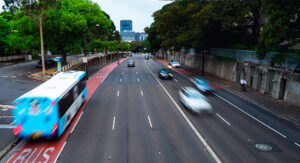
What Happens If You Drive In A Bus Lane By Mistake?
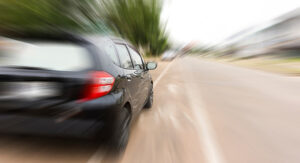
What Happens If You Speed With A Black Box?
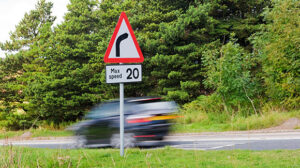
UK Speed Limits: Here’s What You Need To Know
